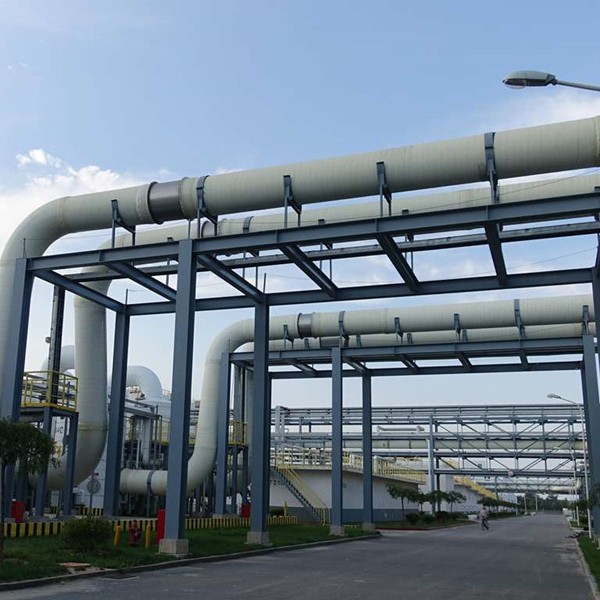
-
 Afrikaans
Afrikaans -
 Albanian
Albanian -
 Amharic
Amharic -
 Arabic
Arabic -
 Armenian
Armenian -
 Azerbaijani
Azerbaijani -
 Basque
Basque -
 Belarusian
Belarusian -
 Bengali
Bengali -
 Bosnian
Bosnian -
 Bulgarian
Bulgarian -
 Catalan
Catalan -
 Cebuano
Cebuano -
 China
China -
 China (Taiwan)
China (Taiwan) -
 Corsican
Corsican -
 Croatian
Croatian -
 Czech
Czech -
 Danish
Danish -
 Dutch
Dutch -
 English
English -
 Esperanto
Esperanto -
 Estonian
Estonian -
 Finnish
Finnish -
 French
French -
 Frisian
Frisian -
 Galician
Galician -
 Georgian
Georgian -
 German
German -
 Greek
Greek -
 Gujarati
Gujarati -
 Haitian Creole
Haitian Creole -
 hausa
hausa -
 hawaiian
hawaiian -
 Hebrew
Hebrew -
 Hindi
Hindi -
 Miao
Miao -
 Hungarian
Hungarian -
 Icelandic
Icelandic -
 igbo
igbo -
 Indonesian
Indonesian -
 irish
irish -
 Italian
Italian -
 Japanese
Japanese -
 Javanese
Javanese -
 Kannada
Kannada -
 kazakh
kazakh -
 Khmer
Khmer -
 Rwandese
Rwandese -
 Korean
Korean -
 Kurdish
Kurdish -
 Kyrgyz
Kyrgyz -
 Lao
Lao -
 Latin
Latin -
 Latvian
Latvian -
 Lithuanian
Lithuanian -
 Luxembourgish
Luxembourgish -
 Macedonian
Macedonian -
 Malgashi
Malgashi -
 Malay
Malay -
 Malayalam
Malayalam -
 Maltese
Maltese -
 Maori
Maori -
 Marathi
Marathi -
 Mongolian
Mongolian -
 Myanmar
Myanmar -
 Nepali
Nepali -
 Norwegian
Norwegian -
 Norwegian
Norwegian -
 Occitan
Occitan -
 Pashto
Pashto -
 Persian
Persian -
 Polish
Polish -
 Portuguese
Portuguese -
 Punjabi
Punjabi -
 Romanian
Romanian -
 Russian
Russian -
 Samoan
Samoan -
 Scottish Gaelic
Scottish Gaelic -
 Serbian
Serbian -
 Sesotho
Sesotho -
 Shona
Shona -
 Sindhi
Sindhi -
 Sinhala
Sinhala -
 Slovak
Slovak -
 Slovenian
Slovenian -
 Somali
Somali -
 Spanish
Spanish -
 Sundanese
Sundanese -
 Swahili
Swahili -
 Swedish
Swedish -
 Tagalog
Tagalog -
 Tajik
Tajik -
 Tamil
Tamil -
 Tatar
Tatar -
 Telugu
Telugu -
 Thai
Thai -
 Turkish
Turkish -
 Turkmen
Turkmen -
 Ukrainian
Ukrainian -
 Urdu
Urdu -
 Uighur
Uighur -
 Uzbek
Uzbek -
 Vietnamese
Vietnamese -
 Welsh
Welsh -
 Bantu
Bantu -
 Yiddish
Yiddish -
 Yoruba
Yoruba -
 Zulu
Zulu
frp ductwork
Understanding FRP Ductwork Applications, Benefits, and Considerations
FRP ductwork, short for Fiber Reinforced Plastic ductwork, is an innovative solution in the realm of industrial and commercial ventilation systems. Its unique composition, which combines fiberglass with a polymer resin, lends it distinct advantages over traditional materials like metal and plastic. This article explores the various applications, benefits, and considerations associated with FRP ductwork.
Applications of FRP Ductwork
FRP ductwork is primarily utilized in environments where traditional duct materials may not withstand harsh conditions. Common applications include
1. Chemical Processing Plants The chemical industry frequently deals with corrosive substances. FRP ductwork is resistant to chemical attacks, making it an ideal choice for transporting volatile fumes or gases without degradation.
2. Wastewater Treatment Facilities In wastewater treatment, there is a constant exposure to corrosive media and high humidity. FRP ducts provide longevity and reduced maintenance costs in such challenging environments.
3. Pulp and Paper Mills The paper industry generates significant amounts of moist and corrosive air. FRP ductwork ensures efficient removal of these emissions while resisting corrosion from chemical exposure.
4. Food Processing Plants Hygiene is paramount in food processing. FRP's smooth surface not only resists bacterial growth but also complies with food safety regulations, making it favorable for transporting air in these facilities.
5. Pharmaceutical Manufacturing Similar to food processing, the pharmaceutical sector requires stringent cleanliness standards. FRP ducting can sustain sanitary conditions while being structurally sound for environmental controls.
Benefits of FRP Ductwork
The growing popularity of FRP ductwork can be attributed to several intrinsic benefits
1. Corrosion Resistance One of the standout features of FRP is its inherent resistance to corrosive elements. This characteristic prolongs the lifespan of duct systems, significantly reducing replacement costs.
frp ductwork

2. Lightweight Compared to metal ducting, FRP is lightweight. This attribute allows for easier transport and installation, not only saving time but also reducing labor costs.
3. Thermal Insulation FRP provides excellent thermal insulation, minimizing energy loss and reducing the overall energy consumption of HVAC systems. This feature can lead to significant cost savings in energy bills.
4. Customizability FRP ductwork can be manufactured to meet specific design requirements, such as size and shape, providing flexibility in project design and implementation.
5. Low Maintenance Due to its resistance to corrosion and smooth internal surfaces, FRP ductwork requires less frequent maintenance compared to traditional metal duct options.
Considerations for FRP Ductwork
While FRP ductwork offers numerous benefits, there are also a few considerations that need to be addressed
1. Initial Cost The upfront cost of FRP ductwork can be higher than traditional materials. However, the long-term savings in maintenance and replacements may outweigh this initial investment.
2. Mechanical Properties Although lightweight, FRP may not be as strong as metal in terms of structural integrity. In high-traffic or impact-prone areas, reinforcement measures may need to be considered.
3. Installation Expertise Proper installation is crucial for the performance of FRP duct systems. Hiring experienced professionals familiar with FRP materials can ensure efficacy and adherence to specifications.
4. Limited Temperature Tolerance FRP may have restrictions in terms of temperature exposure. It is essential to evaluate the temperature requirements of the system before deciding on this material.
Conclusion
In summary, FRP ductwork presents a resilient and versatile solution to a variety of challenges faced in industrial ventilation applications. While it does come with a few limitations, its significant advantages, particularly in corrosive environments, make it an attractive alternative to conventional duct materials. With proper consideration and installation, FRP ductwork can deliver long-term value and efficiency in managing air flow across various sectors.
Latest news
-
Exploring the Benefits of Top Hammer Drifter Rods for Enhanced Drilling PerformanceNewsJun.10,2025
-
High-Precision Fiberglass Winding Machine for GRP/FRP Pipe Production – Reliable & Efficient SolutionsNewsJun.10,2025
-
FRP Pipes & Fittings for Shipbuilding - Corrosion-Resistant & LightweightNewsJun.09,2025
-
Premium FRP Flooring Solutions Durable & Slip-ResistantNewsJun.09,2025
-
Premium Fiberglass Rectangular Tanks Durable & Lightweight SolutionNewsJun.09,2025
-
Tapered Drill String Design Guide Durable Performance & UsesNewsJun.09,2025









